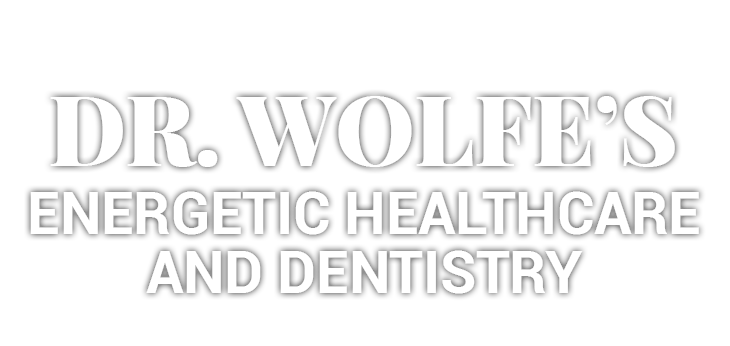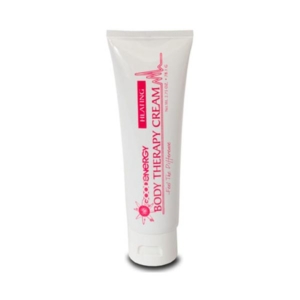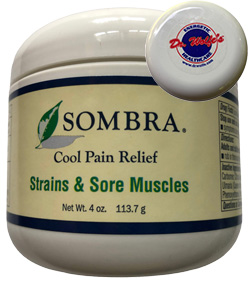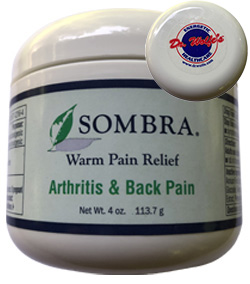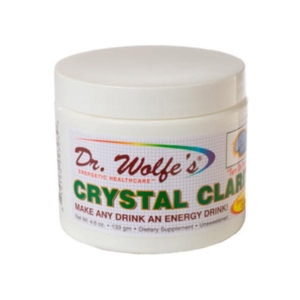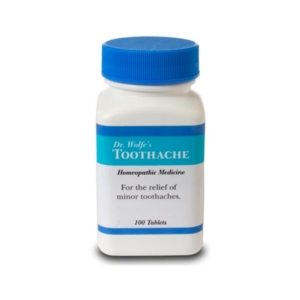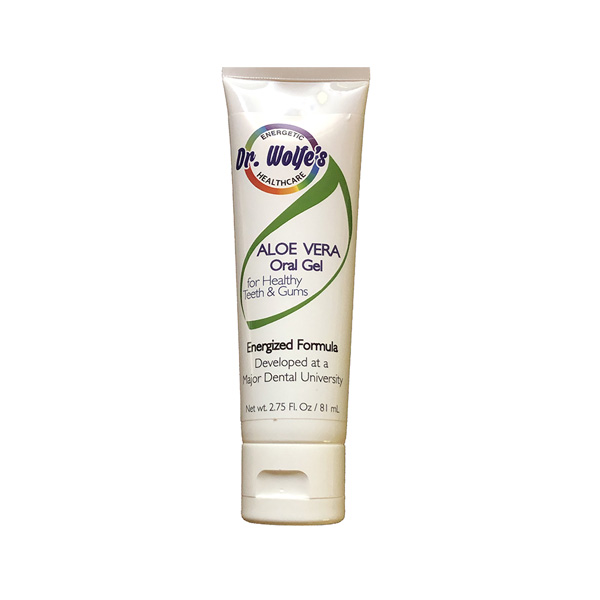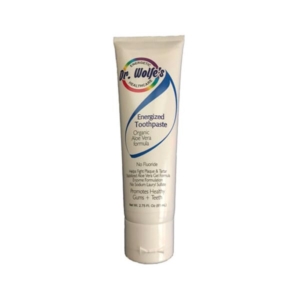Biocompatibility Testing of Dental Materials
Effects of Dental Materials on Health
The simplest definition of biocompatibility is the ability of a substance to exist within living things without harming them. The biocompatibility of a dental material refers to the ability of the material to provide the desired function, without causing any undesirable local or systemic effects in the body. Threrfore, the material should not cause any kind of allergic; toxic; inflammatory response; nor any other undesirable reaction in the individual.
2,000 Different Dental Materials
Today, there are over 2,000 different dental materials in use, and no one material is 100% suited for everyone. Because each of us possesses a unique biochemistry, these substances effect each of us differently and in varying degrees. For some, the effects of certain substances (and their corrosion byproducts) can be toxic and hazardous, and may result in serious health problems. If you happen to be reactive to any one of the different metals, compounds, chemicals, and products used in dentistry, these materials could present a serious immune system challenge, or energetic blockage of the associated acupuncture meridians to distant areas of the body. See teeth to body relationship chart. Unlike a food, which can be readily removed from the diet, if you are reactive to a dental material is placed in your mouth, it’s there—24 hours a day.
Benefits of Testing for Biocompatibility of Dental Materials
Determining the compatibility of dental materials is also important for those who have existing allergies, because all diseases and health issues stress the immune system, and if you are reactive to one or more dental materials, you will be placing an extra burden on your immune system. The purpose of biocompatability testing prior to dental treatment is to select the materials that are the least immune challenging,and then adhere to those chosen materials, when continuing with your dentistry. The body is being constantly exposed to harm from everything from bacteria, viruses to environmental toxins, and even everyday stress—so why expose it unnecessarily to dental materials that you may be reactive to? You can’t control your external, environmental pollution, but you can control the pollution in your mouth!
